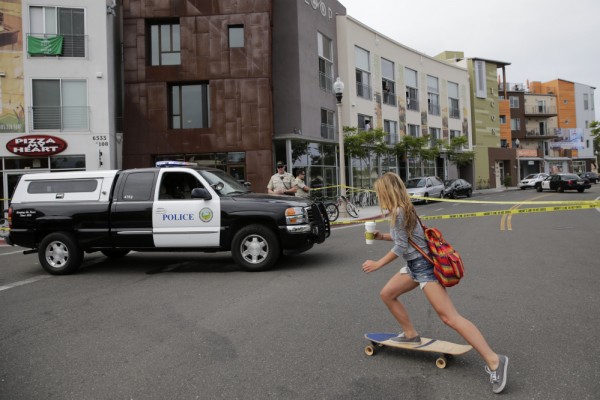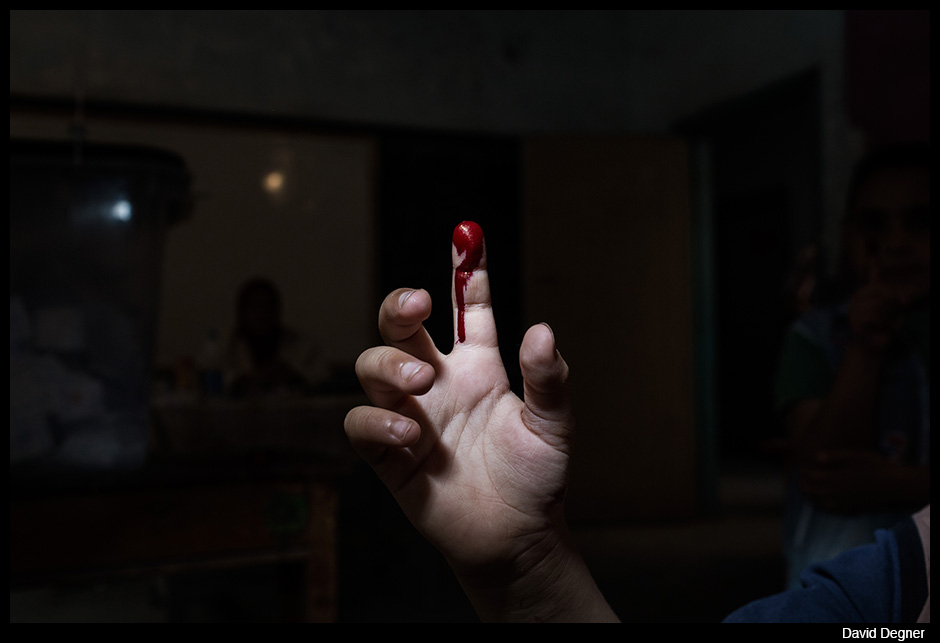Notes
Looking at (People Looking at) Andres Serrano’s Homeless Portraits

Do you worry that people will miss the photographs in the subway since New Yorkers are so used to tuning out anything on a billboard?
I feel like, first of all, they’re—once you walk down those corridors in the subway you can’t escape it. And once you look at one and you realize it’s not an ad and you engage with the person, I think it’s interesting enough if you have the time to be able to say, hey, let’s see what else is down here. Hopefully these photographs are engaging enough that they draw you in.
— from article and interview: Andres Serrano Wants New Yorkers To Stop Ignoring the Homeless (ArtNet News)
Certainly, there is are sizable literatures dealing with concerned photography, the style of concerned photography, the display of concerned photography and the impact of concerned photography. Likewise, the internet and the “photosphere” have only accelerated access to current as well as historical concerned photography. Along these lines, I’m certainly interested in Andres Serrano’s portraits of NY’s homeless, as well as the impact of publishing them in public, particularly in subway stations. As a news photo critic, however, what I’m also interested in is how the media — and you and I, by extension — look at these photos, , as powerful as they are in their size and in most cases, their intense directed gaze. More specifically, since the news photo coverage seems to be absorbed by the consumption of the photos, I’m interested in how we look at how we look at these provocative photos. Or even more specifically — and I hope this doesn’t sound too much like the equivalent of opening a set of nested Russian wooden dolls — I’m interested in how the media chooses to look at how we look at these photos.
The first five of these photos are from the AP. The captions by photographer Kathy Willens, by the way, lend more information. If the woman in #2 is quite engaged, it’s hard to know if we’re looking at a visceral connection or a more defensive reaction, perhaps to intellectualize. #3 is compelling for the black woman looking at the black woman, her attention very engaged. It seems an effective photo for inviting innumerable reactions along the lines of race, gender and identity. #5 is one of those smartly ambiguous photos that makes it difficult to tell if this man is engaged or avoidant. (Of course, a larger study would not only deal with looking versus not looking, but strategies of both. I’m also wondering what you think of #6 and 7, the two images commissioned for this TIME Lightbox post. If 6 seems either brutally honest or overly cynical, whichever way you choose to look at it, for the people rushing by. #7 is interesting for what clearly looks like the upscale dad and son, as if to bring NY’s affluence and extreme economic gap into the equation. And yes, it’s heartening that the son seems interested. #8, a photo I found on Twitter under the project’s hashtag (#ResidentsOfNewYork), is interesting for at least three reasons: to better appreciate the venue, for the better perspective of engagement and obliviousness, and for the contrast to the media shots.
If this is just a tiny sample, a powerful effect of these photos — and I imagine, the installation itself — is to pique our curiosity as to how, and how much, people do or don’t engage with the imagery.







This project is supported by the non-profit organization More Art, dedicated to producing meaningful public art in NY City.


Reactions
Comments Powered by Disqus